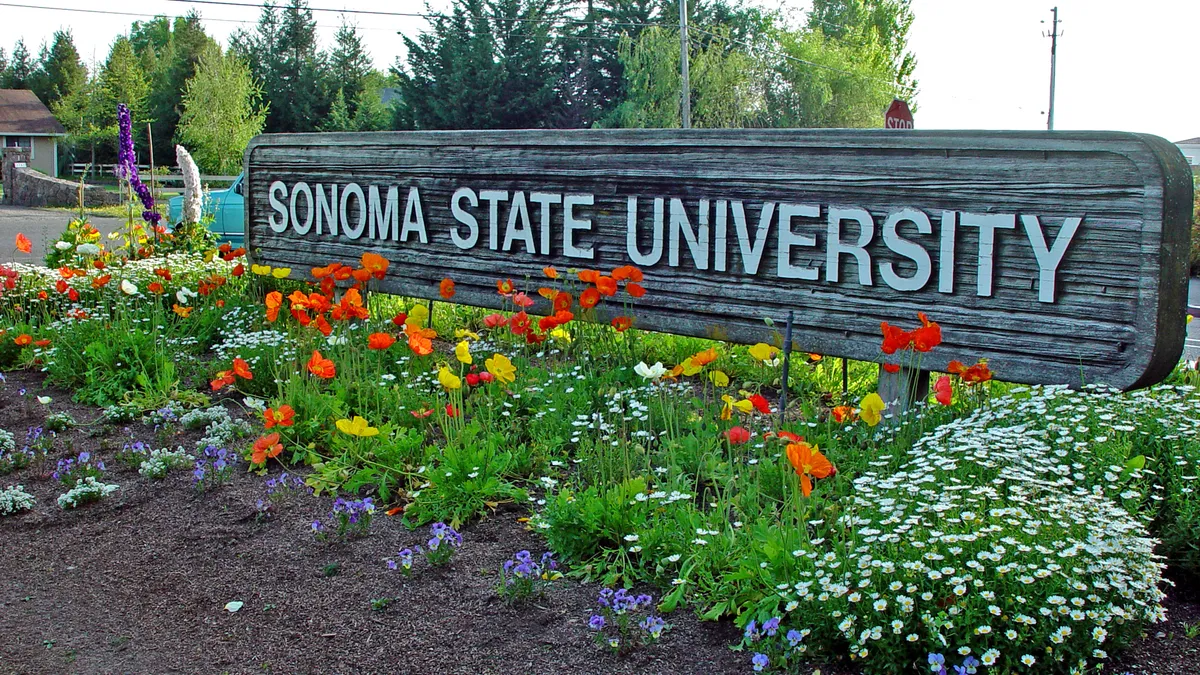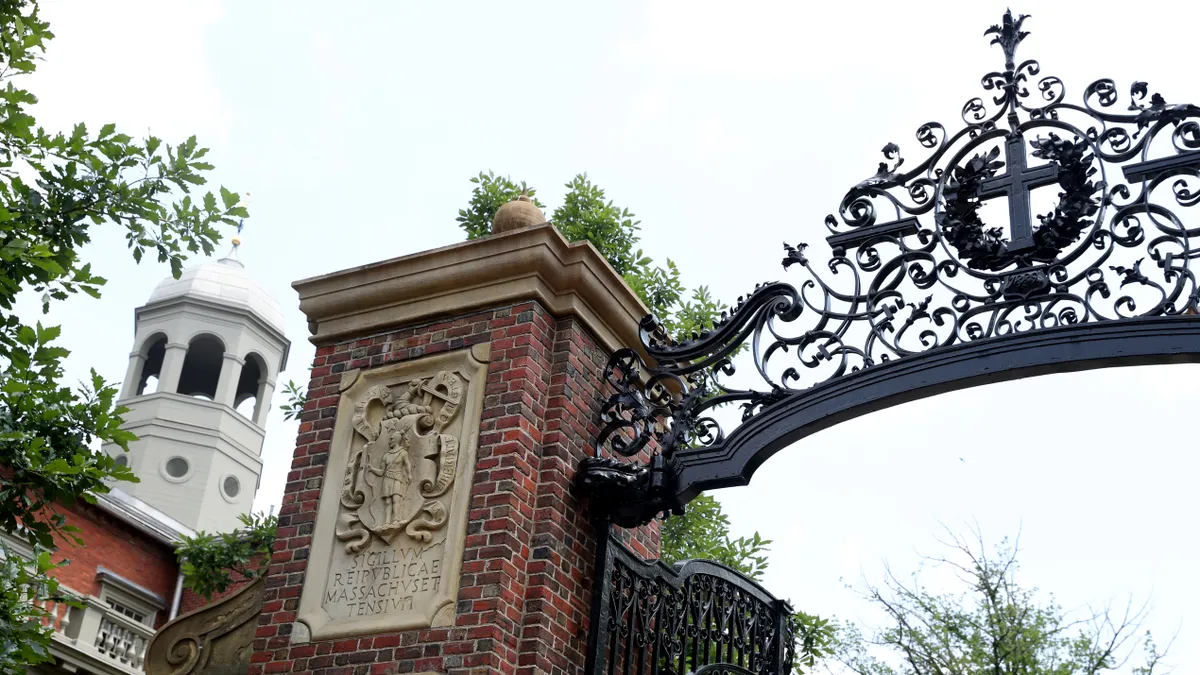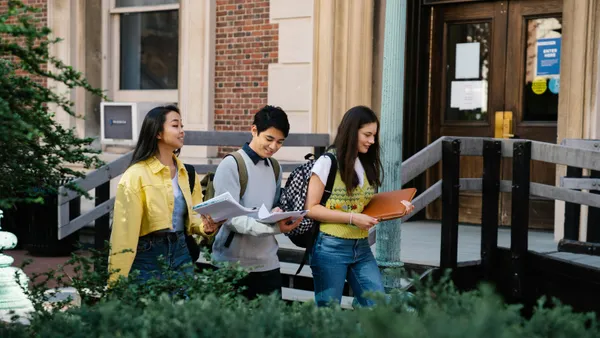Around 4 million working-age Californians have completed some college credits but left before they could earn a degree, according to a 2018 report from California Competes, a higher education and workforce research nonprofit. A new effort aims to bring them back.
A group of higher education organizations announced this week they are joining forces to help up to 30 colleges reenroll thousands of residents in the state, with a focus on institutions the coronavirus pandemic hit hardest. The coalition includes California Competes, ProjectAttain!, InsideTrack and the Institute for Higher Education Policy.
Each partner is taking on a specific role. ProjectAttain!, a collective of colleges working to increase educational attainment in the Sacramento area, is providing a model for the initiative that focuses on directing students to institutions aligned with their needs.
Meanwhile, the Institute for Higher Education Policy is pinpointing which students have accumulated considerable college credit but are shy of completing a degree. InsideTrack will provide outreach and coaching to students to help them craft plans to return to college. And California Competes will document the lessons learned from the initiative to highlight important policy implications.
ECMC Foundation and Strada Education Network are funding the initiative.
To learn more about the initiative, we spoke with Kai Drekmeier, co-founder and chief development officer at InsideTrack.
This interview has been edited for clarity and brevity.
HIGHER ED DIVE: Why is now the right time to start this initiative?
KAI DREKMEIER: California is better funded than many states, yet it still struggles with some of these enrollment issues that are really hitting the whole country. Currently, California community college enrollment is at a 30-year low. There are 4 million Californians aged 25 to 64 who have a high school diploma and some college credit but never completed an associate or bachelor's degree.
Just like everywhere, Californians are going to need more skills — and often more degrees and credentials — to qualify for some of the high-skill roles that we're seeing in the workforce.
How will the initiative determine which students to contact?
We are going to prioritize students who have earned enough credit that they're within a year of completing. That may vary a little by institution.
Secondarily, we're going to look at students who have stopped out in just the last two years. Some of the work we've done in North Carolina has shown that it’s much harder to reach students who have been out for quite awhile, and you have a tougher time engaging them.
We are absolutely going to support as many learners as we possibly can. We just have to prioritize those with the best chance of coming back.
How were the 30 participating colleges selected?
For the first year, we are going to primarily focus on the Inland Empire — the area east of Los Angeles, which has some of the lowest college attainment rates in the state — and then also the capital Sacramento region, where ProjectAttain! has been active for more than a year.
The reason we are going to be adding institutions over a three-year period is that we recognize all colleges are on a spectrum of institutional readiness. Some of those that would like to participate or we would like to get involved are going to struggle with staff bandwidth just to put this together and make it happen. The implementation process could be more than a year for some institutions. Others we believe are going to be ready to go early in 2023.
What would be an example of a college that is ready?
They have already done a good bit of data analysis and have identified large lists of students who have stopped out that they would like to bring back. They also have overall institutional leadership support for such a project and have folks assigned who can manage this initiative.
The reality for many institutions is that the pandemic has driven staff off campus and, in some cases, there have been staff reductions. Having folks with the bandwidth to manage and support an initiative like this and be a liaison, it's not always easy. Additionally, having data support to identify the students that we want to prioritize, it can be a challenge in some institutions.
The announcement notes that this is institution-agnostic, meaning it’s not focused on reenrolling students where they stopped out. Why is that important?
Our goal is to take an institution-agnostic approach to recruitment in every case, if we can, meaning helping students come back to a different college if that's the right move for them. However, we will not make that a requirement because not all of our institutions will be open to such an approach.
The reason we believe it's the right approach is that the National Student Clearinghouse has published data showing that when students do return to college, 62% of them end up attending a different institution than the one they left. We want to be cognizant of that reality.
Secondarily, there is enough public distrust of higher ed that some students are happier attending a new institution and getting a fresh start, and they are wary of being part of an enrollment initiative. We want to make sure we are being 100% pro-student and doing everything we can to demonstrate that we are 100% sincerely working in their best interest, not just the interest of a college trying to build its enrollment.
What are some common factors that typically prevent adult students from returning to higher ed?
In many cases, students who have left college have some institutional debt, or payments or holds that they need to clear. When you owe money to an institution, they will sometimes withhold your transcript to prevent you from registering. Now, in California, institutions no longer do that. They will not withhold transcripts. But those are some of the factors.
The biggest issue is time. We're really talking about learners who are working full time and sometimes more than that. Often they have kids and are dealing with child care issues. There is a lot of work just around organizing around managing commitments.
For what kind of things do students most often need from coaching when they’re returning?
In some cases, it's navigating the registration and financial aid process and addressing any issues related to institutional holds. Even more than that, it is about managing commitments outside of school, rebuilding their confidence and understanding that many students struggle with balancing work, child care and other commitments, and putting together strategies to address that.
How can colleges address some of these barriers?
No. 1, providing credit for prior learning is an emergent concept — but hard to implement. We will be encouraging that and providing some resources that can give folks who have been out and have real valuable life experience some additional credit and get them closer to completion.
Secondarily, just having a schedule that is friendly for working learners is really important. And having online and hybrid options is important.
Finally, this issue of child care is a major challenge for anyone — including learners who would be considered middle class, upper middle class — and anything colleges can do to address that issue is going to be effective. It’s going to be a huge area of support for students.























